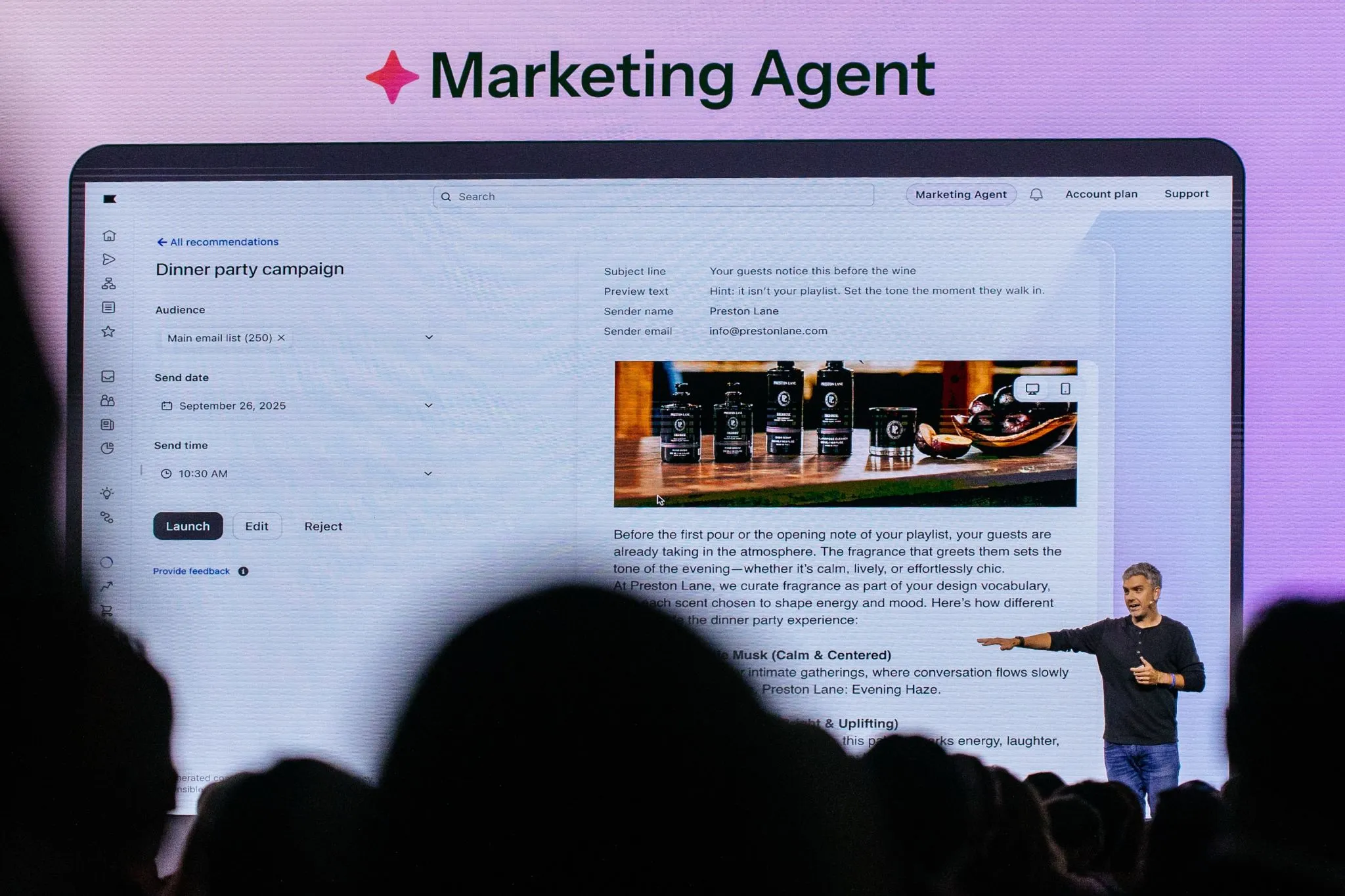BLOG
How to Win on Amazon’s Marketplace
The quality of your Amazon product listing is critical to driving sales conversions. We dive into what factors make for a great product listing on Amazon.

Amazon Search Rankings is Crucial for Sales Success
In fact, as of last April, two of the three highest-placed cross-border merchants in Amazon Europe are from Hong Kong.
But companies in this region have a variety of online marketplaces to choose from. Is Amazon the right one for you? If you are thinking about selling on Amazon, in another blog post, we outline how Amazon works, the rates it charges, and logistic and cross-border selling considerations. If you feel Amazon is still a place where your products can be differentiated, through pricing, quality, or customer service, you will need to focus your efforts on Amazon rankings.
Importance of Getting to the First Page
While we don’t have any statistics on the performance of ranking on the first page of an Amazon search listing and the drop off of ranking lower, let’s take Google search rankings (where this has been studied by many SEO researchers) as a proxy on gauging the value of first page rankings. On Google, according to Moz, first page search rankings results in 71% and up to 90% of click-through traffic according to some sources. Google’s search is designed to help people find relevant information, while Amazon’s search is designed to help shoppers find the right products for purchases. If your items sales well, Amazon has an incentive to list them higher.
Convert Customers and Sell More
If you think about Amazon search rankings from a SEO perspective, then you’ll want to know what are the signals that the search engine, Amazon in this case, that are important in determining your ranking. In classic SEO (e.g., Google), signals such as content relevancy to search term, links to your page, etc are all important factors. When we think about Amazon, ecommerce and product sales, we believe one of the key underlying factors is how well your product sells, or simply your product’s conversion rate.
Conversion rate means how many people who click onto your product, ultimately makes a purchase. Showing shoppers products that have high conversion rates likely aligns with Amazon’s or any ecommerce marketplace’s goal of generating sales and a good experience for their shoppers.
If you can have products that sell well and receive 5-star ratings and positive reviews, future customers are more likely to trust your products and make a purchase. This generates a positive feedback loop whereby you’ll likely have a higher chance of getting Amazon to boost your product listings’ rankings allowing more customers to discover your products, leading to more sales.
Factors that Can Help You Sell More
If you are just starting out on Amazon, how can you attract your first customers? We’d focus on creating high quality listing pages for your products that include:
- Competitive pricing
- SEO-friendly product titles that is descriptive for shoppers
- Quality product photography
- Descriptive and informative copywriting
- Answers to Questions
- Reviews and Seller Feedback
Below, we have an example of a keyboard search and corresponding top-placed search results.
Price
The customer may be searching for one specific brand, but open to new ones if the price is right. After an initial search, a customer will probably narrow down their search results with an ideal price and other factors. To ensure that your listing is competitive, make sure your prices are competitive with other sellers for the same, or similar, products.
SEO-Friendly Title
Notice that the listings all have the word “keyboard”. An Amazon SEO-friendly title has the main keyword (the one most shoppers search), 2-3 other related keywords (such as brand, product name), and key product attributes such as color / style / quantity. Sellers should be aware of how their target customers search and prioritize product features. For example, keyboard shoppers probably care if the layout is for the USA, which is why the above listings have “USA Keyboard”.
By choosing appropriate keywords, you are helping Amazon suggest your products to the shoppers looking for them (in the main search results and also on the side as recommended items).
Quality Product Photography
Since this is online shopping, customers rely on images they see. The product photography should show the full product and just enough details on design that can convince a customer to click into your listing. Once they have landed on your listing, additional photos will help customers check for details that factor into their decision making, such as the designs or materials. Amazon suggests at least 1000px by 1000px images to allow customers to zoom and inspect a product as they would when they are comparing items in a real store.
Caption: This high-end keyboard listing has close-up photos of the keys to convince shoppers.
Descriptive and Informative Copywriting
The product description will give customers the additional essential information that photos cannot convey alone. The product description has two parts in your Amazon listing:
- overview bullet points description
- product description and information
The bullet points is your chance to add in the differentiating features of your product. This can include the materials, special technologies, and/or benefits. Notice that Amazon has “compare with similar items” just below this description, so make sure your points clearly address your shoppers’ considerations so that they will not look elsewhere.
The extended product description is an opportunity for add all the benefits your product has for a user. In addition, the product description allows HTML formatting, which means text can be bolded and formatted for readability. This may be where you include information on technical specifications or additional items included in a package.
Also note that a more complete product information section will help a customer decide on a purchase. The product information section is inputed into a standardized table that helps shoppers easily compare factors such as size and weight, which may affect shipping prices.
Answers to Questions
Think of online shopping as a whole customer experience. Putting a listing online is placing a product on the digital shelf. Where a new Amazon seller can shine is in great online customer experience — making every interaction with a customer a positive one.
If your customers are interested in your product enough to ask a question, answer within 24-hours. Your answers will be recorded and future shoppers with similar questions will not only find their answers, but see evidence that you are a responsive seller. These small interactions accumulate into a great online reputation.
Reviews and Seller Feedback
Reviews are the public customer ratings and descriptions of their experience with your product and customer service. Notice that many products that reach first-page results have at least a 4-star review and happy customer notes.
Seller feedback is the private feedback that customers can leave for sellers that factor’s into Amazon’s rating. Take your seller feedback seriously because Amazon may reward sellers with positive feedback with higher listings. Amazon ultimately wants their shoppers to have positive customer experiences, so they in is in their interest to recommend sellers they know are reliable. Treat every listing and sale as an opportunity to build your online brand and reputation.
Though ranking well on Amazon can be a challenge, Amazon gives Hong Kong merchants an incredible opportunity to become global sellers. Merchants can consider testing the market by listing products and collecting feedback before deciding on further investment into this sales channel. To speed up the testing process, merchants can consider buying Amazon sponsored ads on the marketplace to get more traffic and test how well a product is being received.




